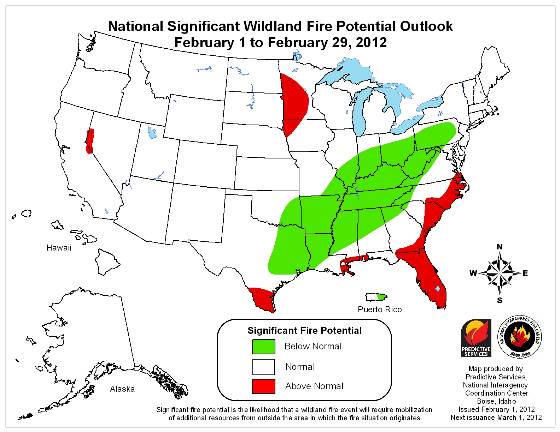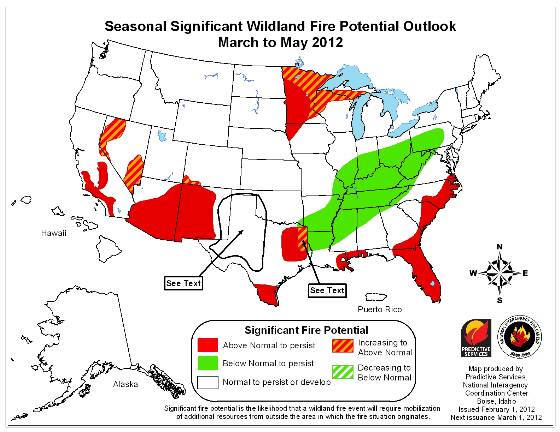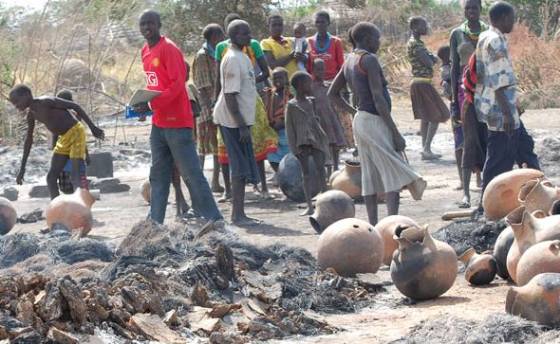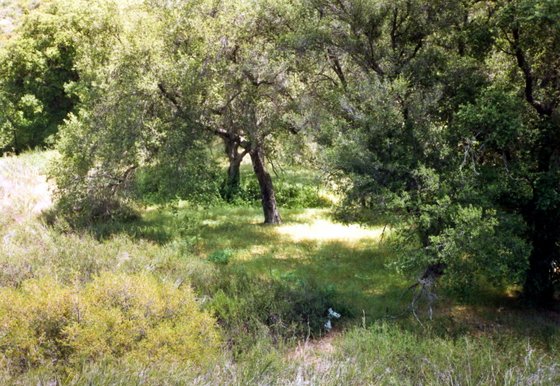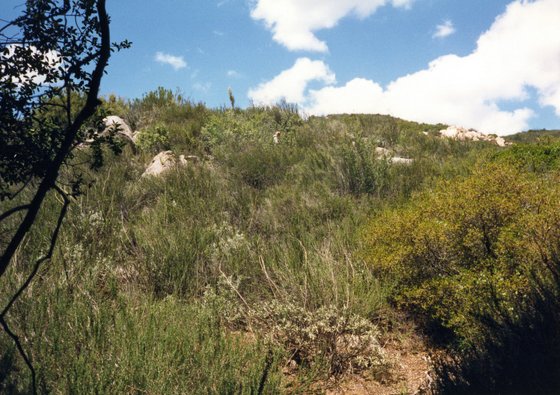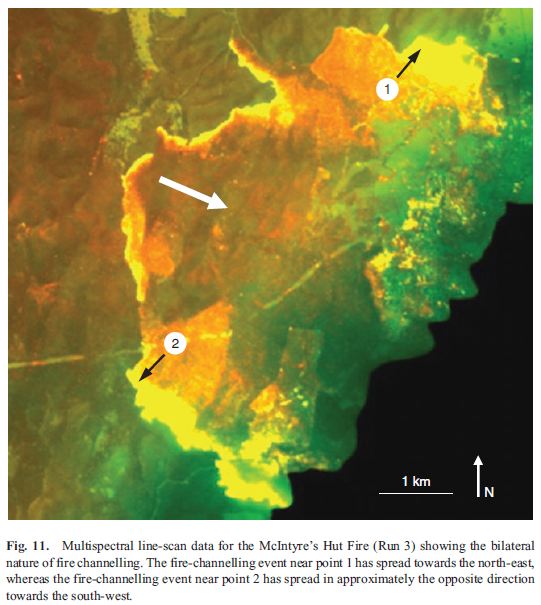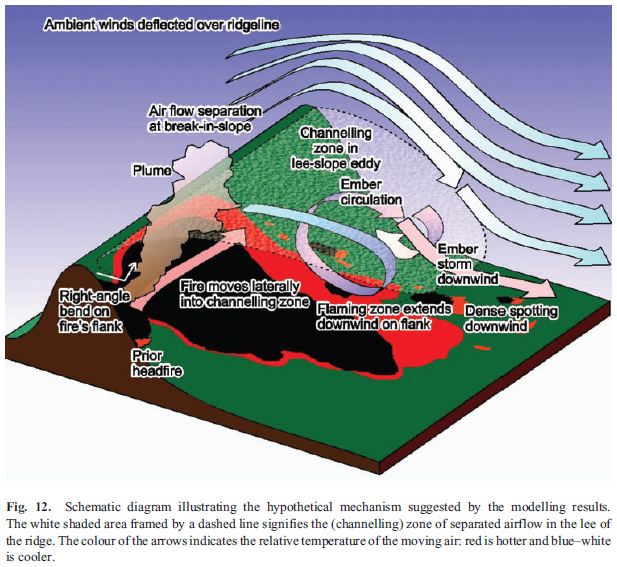
Jay Esperance has been selected as the new Director of the Division of Wildland Fire Suppression in South Dakota. Mr. Esperance replaces Joe Lowe who retired January 23.
Mr. Esperance will begin his new job on February 13. His present position is Fire Management Officer for the Bureau of Land Management’s High Plains District out of their Casper, Wyoming field office. He has had some fire experience in South Dakota, most recently being assigned as the Incident Commander on Rocky Mountain Incident Management Team C the day following the death of Trampus Haskvitz, August 11, 2011 on the Coal Canyon fire north of Edgemont, SD. He was also the Deputy Incident Commander on the Whoopup fire several miles north of the Coal Canyon fire in July, 2011 (slide show of photos of the Whoopup fire).
Below is the news release from the South Dakota Division of Wildland Fire Suppression:
===============================================================
Esperance Named Director of Wildland Fire Suppression for SDDA
PIERRE, S.D – Jay Esperance has been named as the new Director of Wildland Fire Suppression for the South Dakota Department of Agriculture (SDDA). He will begin his duties on Feb. 13.
“Jay is a great addition to the department,” said South Dakota Secretary of Agriculture Walt Bones. “His experiences in fire management will be an asset to residents of the Black Hills and the forestry industry.”
Esperance, who has a bachelor of science degree in Resource Management from the University of California-Sacramento, has spent the past 11 years as a fire-management officer for the U.S. Forest Service and Bureau of Land Management. Prior to that, he spent 23 years with the U.S. Forest Service in the Pacific Northwest working primarily in reforestation and timber stand improvement and later in forest genetics.
As director of Wildland Fire Suppression, Esperance will oversee a number of wildland fire prevention and suppression programs on state and private lands.
“It’s an honor to be selected for this position,” he said. “I’m excited to work with the professional staff in the Division and anxious to work closely with the cooperating agencies and to provide fire protection for the residents of South Dakota.”
Esperance was the Operations Section Chief on two assignments to Australia; he also assisted with emergency support and recovery in New York City after the Sept. 11, 2001, terrorist attacks, and he has responded during five hurricanes.



